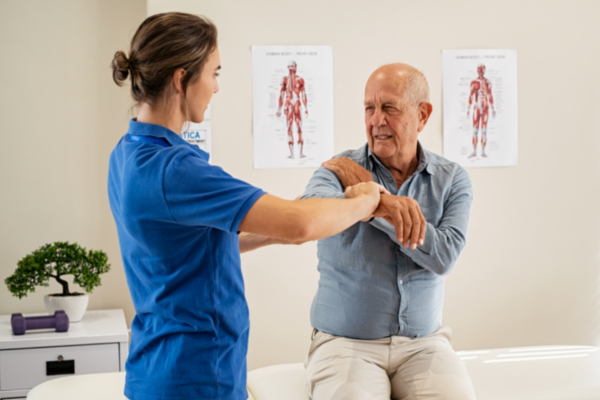Effective Methods for Alleviating Breathlessness in Physiotherapeutic Therapy Sessions
Effective Methods for Alleviating Breathlessness in Physiotherapeutic Therapy Sessions
Blog Article
Dyspnea, or difficulty respiration, is a frequent concern that many people face, especially those with chronic lung conditions, heart issues, or other medical concerns. In physical therapy sessions, addressing breathing difficulties is crucial for helping patients improve their overall quality of life. By utilizing specific techniques and strategies, physical therapists can assist patients in managing their breathing difficulties. Grasping these efficient methods can empower both therapists and patients to work together more effectively in overcoming challenges related to breathing difficulties.
One of the main methods used to reduce breathing difficulties in physical therapy is the practice of controlled breathing exercises. These exercises often focus on diaphragmatic breathing, which promotes patients to use their breathing muscle rather than their upper thoracic muscles when breathing in. This approach helps to maximize lung capacity and efficiency. Additionally, pursed lip breathing is another technique that can be helpful. This technique involves inhaling through the nose and exhaling slowly through compressed lips, which can assist to keep airways clear longer and make breathing feel easier. By incorporating these exercises into therapy sessions, physical therapists can provide patients with strategies to control their dyspnea both during and outside of their sessions.
Another important aspect of managing breathing difficulties in physical therapy is the development of an individualized exercise regimen. Customizing exercises to meet the individual needs and abilities of each patient is crucial. Therapists should gradually integrate aerobic activities, such as walking or cycling, in a structured manner, allowing patients to build their endurance over time. This incremental approach helps patients to feel more comfortable with fitness activity while at the same time improving their lung function and overall stamina. It is important for therapists to observe patients closely during these activities to ensure they are not overexerting themselves, which could result to greater difficulty of breath.
Teaching also plays a significant role in reducing breathing difficulties during physical therapy appointments. Providing patients with knowledge about their ailment and the mechanisms behind dyspnea can enable them to take control of their health. Therapists can explain how elements like anxiety, posture, and surrounding conditions can influence link breathing. By understanding these ideas, patients can discover to manage their symptoms more efficiently. Techniques such as anxiety reduction strategies and proper body mechanics can additionally assist in reducing the effects of breathing difficulties during daily activities and therapy appointments.
In conclusion, successfully alleviating breathing difficulties in physical therapy appointments involves a combination of breathing exercises, individualized exercise regimens, and patient teaching. By implementing these effective methods, physical therapists can assist patients manage their respiratory difficulties and improve their overall well-being. Collaboration between therapists and patients is crucial to create customized interventions that meet specific needs. With the appropriate support and techniques, patients can experience comfort from breathing difficulties and engage more completely in their physical therapy process, eventually leading to a better quality of life.